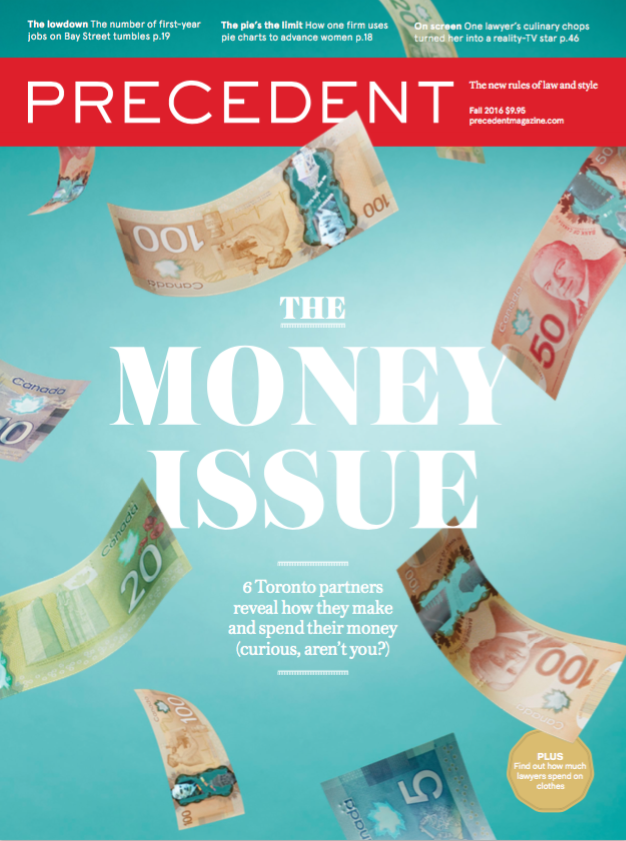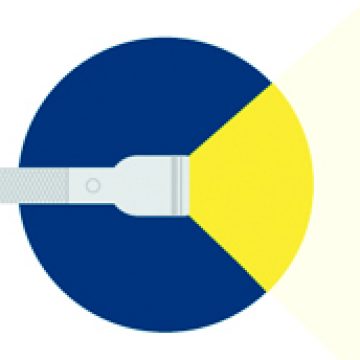Back when big-firm partners were rookie associates, something simple but powerful often took place: a partner put them on a big file. It provided access to cutting-edge legal work and top-shelf clients — helping them shoot up the law-firm hierarchy. “It’s absolutely key,” says Martin Langlois, a partner at Stikeman Elliott LLP. “This is how associates get their best experiences.”
But there’s a pesky problem: male lawyers are, in general, less likely to bring women onto files than they are men. Not because they’re sexist, but because of unconscious bias. “In business, we often think the best person for a job is someone like us,” explains Sarah Kaplan, a professor at the Rotman School of Management, and an expert on gender diversity. “If a white partner is staffing a key file, he’s probably going to look around and pick another white man because he’ll be more comfortable with someone like himself.”
This reality has triggered deep reflection at most large firms, including Stikeman Elliott. “We want women in the firm to have the same opportunities as men,” says Langlois, who co-chairs the firm’s women’s initiatives committee with fellow partner Lorna Cuthbert. But that’s not happening yet: in Ontario, a mere 20 percent of private-practice partners are women. At Stikeman Elliott’s Toronto office, that number sits only slightly higher, at 22 percent.
So last year, as part of its larger initiative to advance and retain women, the firm put in place a three-pronged plan to tackle unconscious bias. To start, it executed an office relocation strategy. It’s pretty straightforward: if any associate — with a focus on female associates — wants to burnish her skills in, say, securities, the firm will move her to an office close to the top securities partners. Next, the firm put every lawyer through unconscious-bias training, which shows them how social prejudices, however unintentional, infect the workplace.
The third prong is its most novel. At the end of each year, lawyers receive a pie chart that breaks down, by percentage, which associates did work for them in the past 12 months. In a snapshot, they see the gender breakdown of their legal team. “We knew we had to measure this,” says Langlois. “Otherwise, nothing would change.”
That may be true, but raising awareness on its own can backfire. “The risk is that everyone starts to think, ‘Oh my goodness, I’m a horrible person,’” says Kaplan. “But unless they know how to change their behaviour, the training won’t do anything.” It’s fortunate, then, that the pie charts include a practical tool. “Beneath each chart is a list of every associate in your practice area you haven’t worked with,” says Mel Hogg, a female senior associate who both receives work from partners and staffs files. If a chart is full of men, a partner has a list of women to use in the next case.
So what are the results? Well, Stikeman Elliott hasn’t tracked, firm-wide, if women are on more files. “But it has had some impact,” says Hogg. Her evidence: one year after the firm issued its first batch of charts, Hogg found that more male partners assigned her work.
Kaplan praises the program, but says the firm should also incentivize its partners to give more work to women. “It could simply be an item on their performance reviews.” And that might be coming. “This is not a top-down organization that says, ‘Management thinks this should be done, and we’ll start knocking on doors if it’s not,’” says Langlois. “That said, if we see problems, this information will allow us to have proactive conversations with some people.”

This story is from our Fall 2016 issue.
Illustration by Alina Skyson


